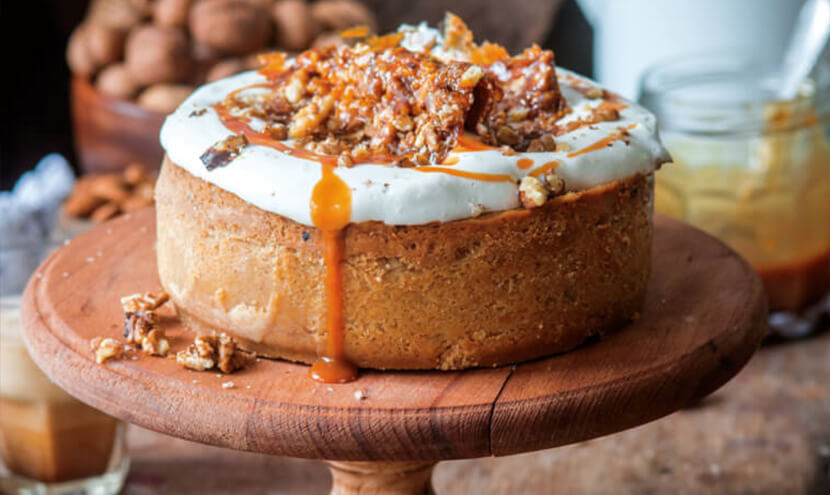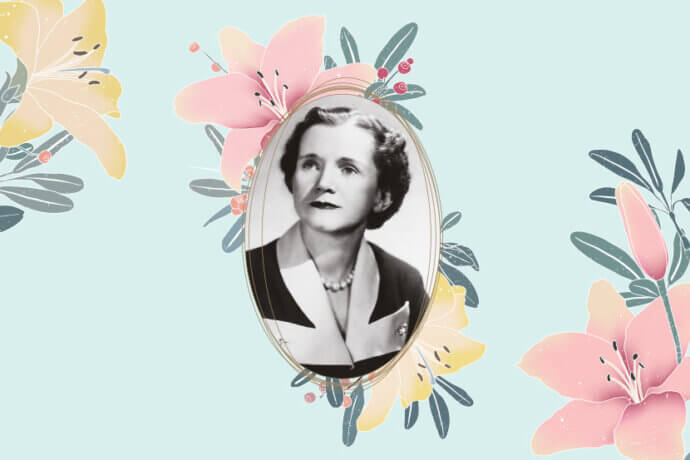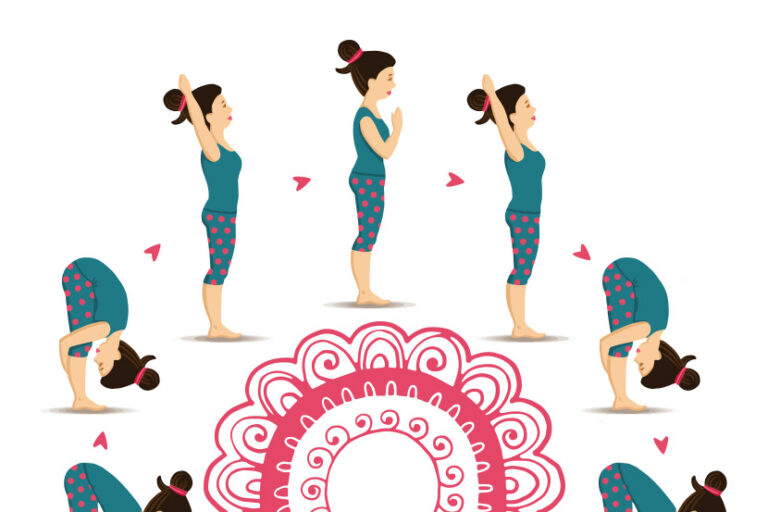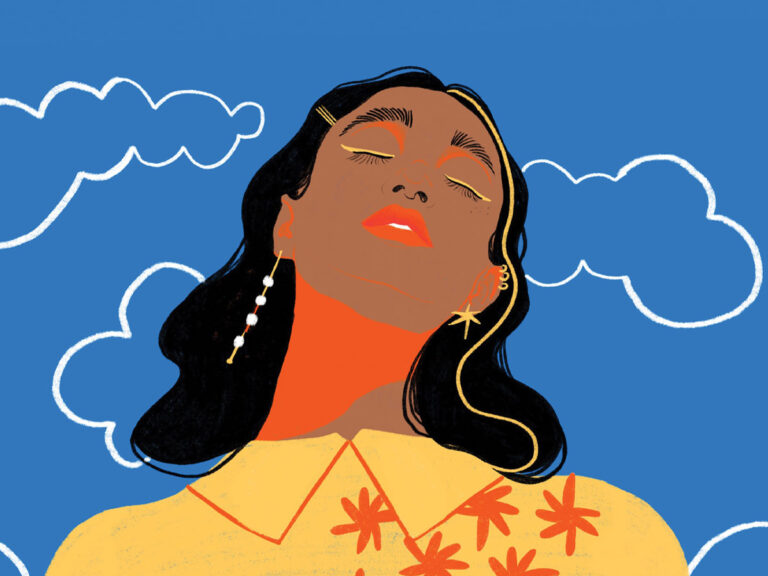
Food can be a window to our past, and a source of simple comfort.
A morsel of bread dipped in oil is a stone building with a wooden deck, plastic garden chairs and table, feluccas drifting lazily, arid heat and the breeze off the Nile. Icing is my 10th birthday, a blue-stained mouth, the score from Harry Potter, a scratchy black cloak and a plastic wand. Carrot cake is Mum’s striped apron, wafts of flour mixed with her perfume, brown plastic measuring cups and a well-worn wooden spoon, coated with batter.
You’ve likely heard the phrase ‘you are what you eat’. Well, in some sense, this is true. If each of us is shaped by an amalgamation of our memories, then our memories of meals are part of who we are. And haven’t we all been swept up in the evocative throes of a food memory? Perhaps it’s the astringent taste of Vegemite on toast, the deliciously cool sweetness of a Sunnyboy ice block, or the golden crunch of a fish finger with mash. It might be a particular culinary delight cherished by your culture, or the well-loved cake recipe passed down in your family. Whatever the morsel, food has a particular power to stay with us, long after we’ve washed the dishes.
With the unsettling events of the past 18 months, we’ve all likely craved a little comfort. And food, with its ability to embody the familiar and conjure up fond memories, often makes the perfect companion. Researchers in the UK found that in 2020, foods from eras gone by – meals that we might consider nostalgic – made a comeback. One such study found that sales of 70s desserts like custard and packet trifle rose significantly – as high as 738 percent for the latter – and closer to home, McCain revived the 90s-era favourite, Potato Smiles. The regained popularity of such foods could be attributed to their long shelf life and easy-prep nature in a time when more of us were eating in, but there’s something to be said for food nostalgia.
Because smell and taste are strongly linked to memory and emotion, food memories can be particularly powerful. Dr Alex Russell, a researcher of taste and smell perception, suggests that when we eat, we can often recall not only the experience of eating that particular morsel, but the entire context of that meal – the occasion, what we were doing, who we were with. Susan Whitbourne, professor of psychological and brain sciences at the University of Massachusetts, confirms, “A lot of our memories as children, it’s not so much [about] the apple pie, for example, but the whole experience of being a family, being nourished, and that acquires a lot of symbolism apart from the sensory quality.”
Such food memories have come to be known as Proustian moments – after the author’s experience of eating a madeleine and being transported back to his childhood, as described in his novel, In Search of Lost Time.
Dr Russell says that our wistfulness for such experiences is a key ingredient in many brands’ sales strategies: “When brands focus on those personal connections, nostalgia can be a powerful marketing tool.” And our penchant for beloved foods from our childhood or popular treats from times gone by is apparent even in items that aren’t edible. In the past few years we’ve seen the return of McDonald’s retro Happy Meal toys, and cherished sweets like Golden Gaytime, Bubble O’Bill, and Tim Tam biscuits appear on pyjamas from fashionable sleepwear brand Peter Alexander. And if you look at the embroidered art of Chloe Amy Avery, you’ll find nostalgia (and perhaps hunger) in spades, as threads convey familiar figures of fairy floss, full English breakfasts, and Fry’s Turkish Delights. It seems that our obsession with food – and food that means something to us – is all-consuming. “We spend a lot of time eating,” says psychologist Paul Rozin. “If you add to that the time we spend purchasing food, thinking about food, and earning money to buy food, then engaging in activity associated with food is one of the major ways we spend our time – perhaps second only to sleeping.” But with the exceedingly wide and varied range of food available to us, how can it not be?
Like all animals, we identify and classify what is edible. In Food, Self and Identity, social scientist Claude Fischler compares koalas and humans. The koala, like other herbivores or specialised carnivores, can seek out a particular food source – the leaves of a specific eucalyptus – and know that this, and only this, is its next meal. Possibly boring but certainly efficient – from one food, the koala can derive all the nutrients it needs. In contrast, we are somewhat more complex: we don’t have the competence to obtain what we need for optimal health from one source, but we have the freedom and adaptability to be able to eat a varied diet.
As author and journalist Michael Pollan argues in The Omnivore’s Dilemma, while our food preparation and ability to consume widely have given us the upper hand, this only serves to increase our anxieties around eating. With great variety comes great risk – more foods mean more potential toxins. Our early ancestors laid the groundwork for food selection, determining what provides nutrients versus what is harmful, and we evolved to include cooking in our food-selecting arsenal, breaking down things that weren’t edible and sometimes even reducing toxicity. But we still have what Rozin describes as neophilia and neophobia when it comes to eating – we love and fear the new. Pollan suggests that as more and more substances can be considered food, the question of what to eat remains.
It’s little wonder then that in times of turbulence we turn the already ritualised act of eating into something even more familiar; we find comfort in morsels that evoke memories of our childhood, recreate connection in meals that remind us of loved ones, and find solace in foods that mean more than their nutritional profile – they are part of our story. We reach for a favourite ice cream and can feel the summer sun on our skin, see the tassels of our childhood bike, recall a song, the soundtrack of that moment. We’ll sit down at the dinner table, an act so mundane and yet elevated, patterned and yet profound, and we’ll remember the meals we’ve shared here before. We set to work making mum’s carrot cake, and are moved by a deep sense of belonging, each crumb is a morsel of heritage, delicious atoms of love.
So while most of us (I assume) aren’t seeking a definitive dietary takeover of classics like trifle or savoury mince, it doesn’t hurt to indulge in the memories of meals gone by. Because we’ll often find that it’s not so much the food itself we yearn for, but those we shared it with, and the moments of joy made with each mouthful.
Making food memories
We can’t always choose what morsels will become our own Proustian moments, but with a little mindfulness, we can help to create lasting memories.
- Sunday sesh: Set aside a particular mealtime during the week to make ‘sacred’ (it doesn’t have to be Sunday). Gather together with loved ones to share good food, great conversation, and lots of laughs. Make it a habit.
- Go all-out (almost): Something special on the horizon? Regardless of the celebration – new job, birthday, the winter solstice – mark the occasion with a delicious and dedicated meal. No need to go in for a 10-course degustation, you can dress up a dinner with candles, music, and the ‘good’ tableware.
- Let the good times roll: Sometimes the best food memories are made in moments of spontaneity. Take yourself out on an impromptu lunch date. Treat yourself to something indulgent, just because – I’m talking triple-scoop ice cream, fairy floss, loaded doughnuts – and really savour it. Get creative in the kitchen with your family – cook with whatever you have on hand, and enjoy the process!
Words: ERIN MCDONALD




















